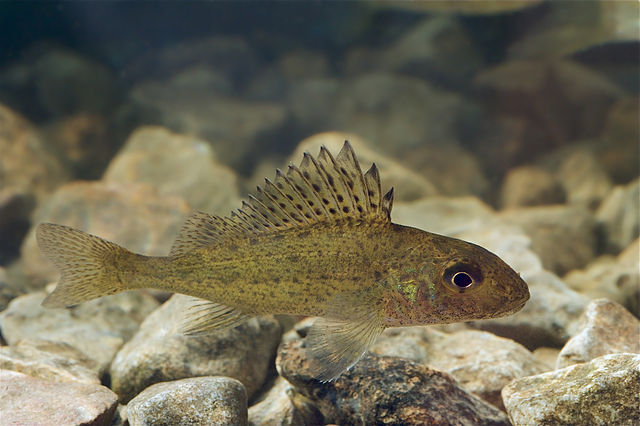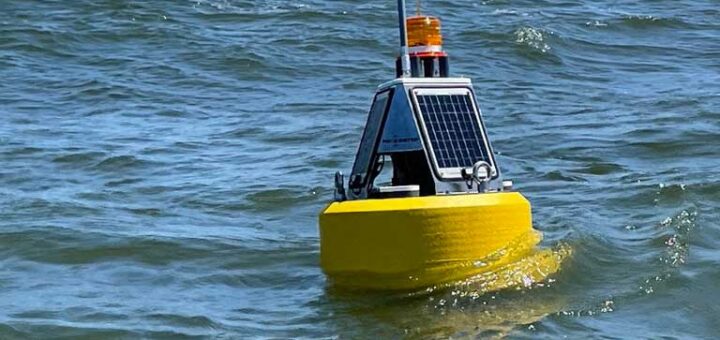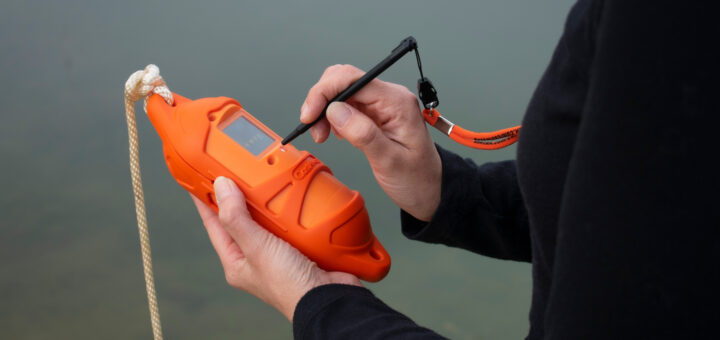Eurasian Ruffe
Daniel Kelly | Fondriest Environmental
Eurasian ruffe resemble yellow perch and are in fact a member of the same family. Ruffe are also said to look like young walleye, johnny darter or troutperch. Troutperch are smaller than ruffe and only have a single top fin. Some markers of Eurasian ruffe include:
- a large dorsal fin joined with the rear one, the front half of which has 11 to 16 spines;
- a slightly downturned mouth;
- a head without scales;
- perch-like body shape;
- and a length of usually less than 6 inches but no more than 10 inches.
Eurasian ruffe made their way into the Great Lakes through the ballast water of ships from european ports. Though their native habitat region was thought to have been the Baltic Sea, later DNA analysis has led scientists to hypothesize that they came from southern Europe.
Ruffe were found for the first time in the Great Lakes in 1986, taking up residence in Lake Superior. From there, populations of the fish increased quickly in the St. Louis River and spread to additional rivers and bays along southern and western Lake Superior. Today, there are also substantial populations of Eurasian Ruffe in the Upper Peninsula of Michigan.
Prevent Its Spread
Various fish-killing chemicals are being investigated to help control populations of Eurasian ruffe in the Great Lakes. These include those already being used to control other invasives, like the sea lamprey. But since these fish first made their way in through ship transport, one clear way to keep them from entering other waterways is to make sure boats are clean before each use.
If a Eurasian ruffe is caught, fishermen should photograph the fish from several angles to help officials identify it. The ruffe can be stored in a plastic bag and frozen and then sent to fisheries biologists for evaluation. The date and location of its capture should also be recorded.
Sources:
- http://science.time.com/2013/12/04/forget-the-asian-carp-heres-a-new-great-lakes-invasive-species-to-worry-about/
- http://epa.gov/greatlakes/invasive/index.html
- https://www.seagrant.wisc.edu/our-work/focus-areas/ais/invasive-species/invasive-species-fact-sheets/fish/eurasian-ruffe/
- http://nas.er.usgs.gov/queries/factsheet.aspx?SpeciesID=7
- https://www.michigan.gov/-/media/Project/Websites/invasives/Documents/Response/Status/egle-ais-gymnocephalus-cernua.pdf?rev=39f9eee0382c4557bc401adcaaf6cc53
- https://www.nature.org/en-us/about-us/where-we-work/priority-landscapes/great-lakes/great-lakes-aquatic-invasive-species-/
- http://www.dnr.illinois.gov/news/Pages/IllinoisAnglersEncouragedtobeontheLookoutforEurasianRuffeinIllinoisWaters.aspx
- https://mdc.mo.gov/magazines/conservationist/2008-01/not-state
- https://nas.er.usgs.gov/queries/factsheet.aspx?SpeciesID=7










